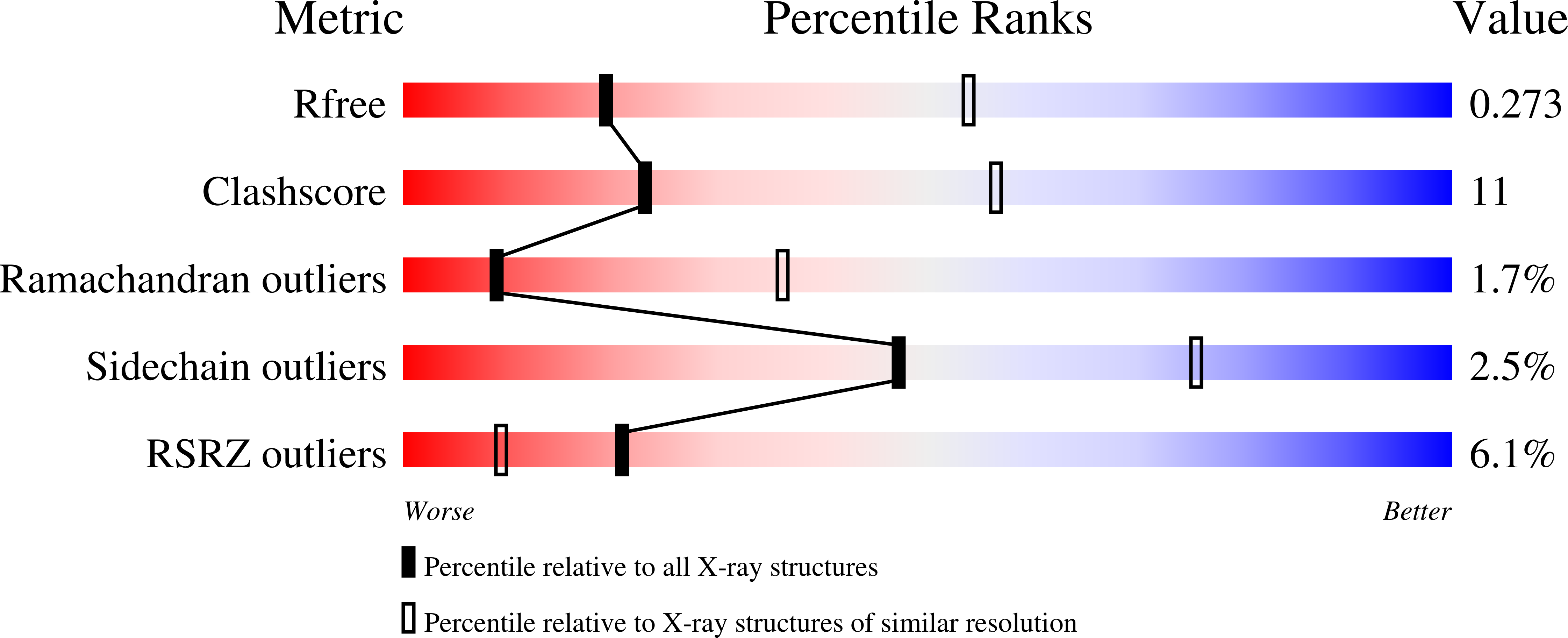
Deposition Date
2008-11-19
Release Date
2009-01-13
Last Version Date
2023-11-01
Entry Detail
PDB ID:
3FBM
Keywords:
Title:
D431N Mutant VP2 Protein of Infectious Bursal Disease Virus; Derived T=1 Particles
Biological Source:
Source Organism:
Avian Infectious bursal disease virus (Taxon ID: 10995)
Host Organism:
Method Details:
Experimental Method:
Resolution:
3.10 Å
R-Value Free:
0.29
R-Value Work:
0.29
R-Value Observed:
0.29
Space Group:
P 21 3


